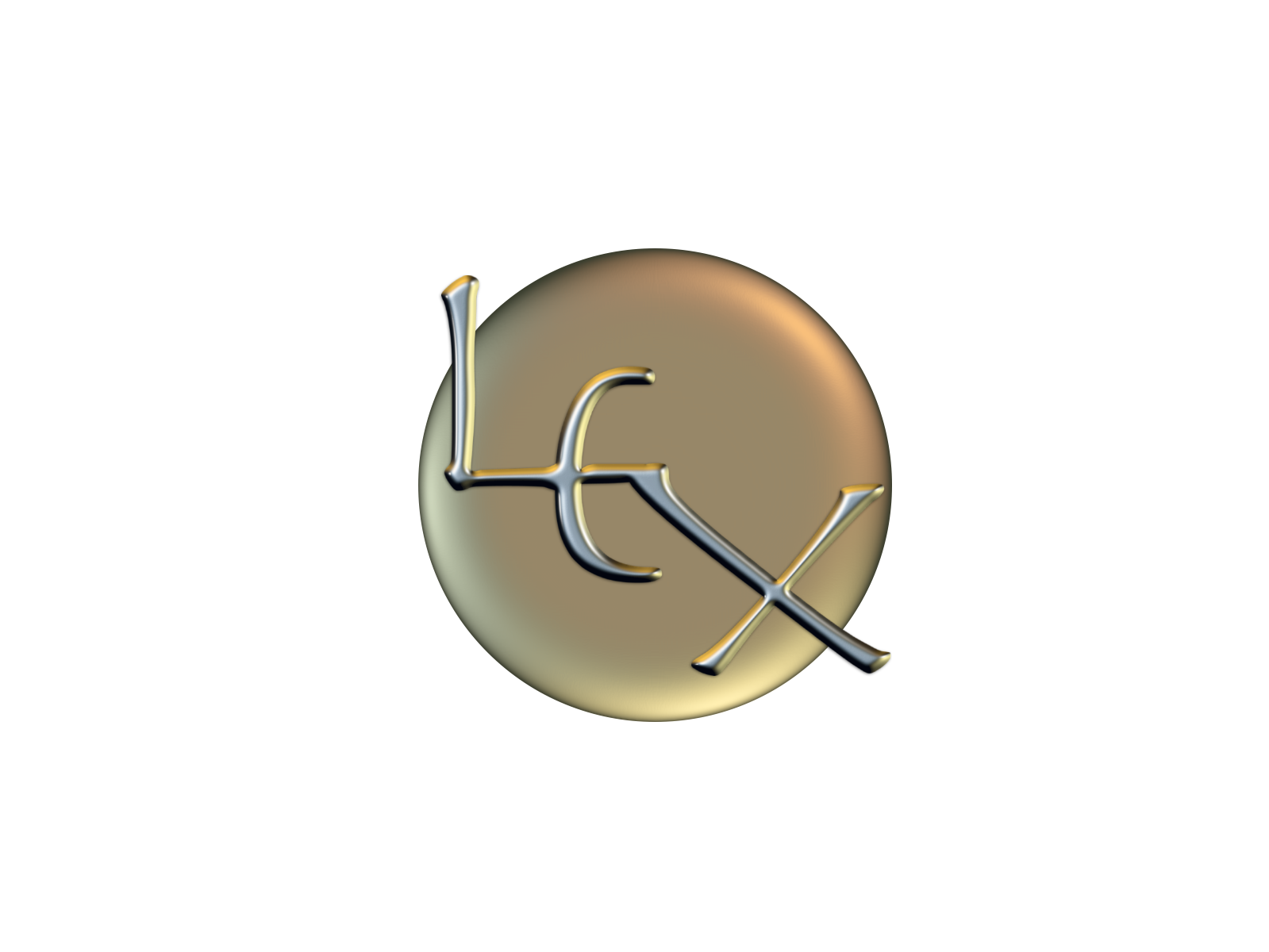Anyone who's been victimized by a phonics program has been taught the falsehood of the "consonant-<le>" syllable. I've written about the <-le> before on both this blog and my archival blog, but this is a little different.
When I first started studying with Melvyn, I noticed that in his Teacher's ToolBox, Kit 4, Theme J, he made the claim that an <le> was not a suffix, but what he called a "base-forming particle."
That's silly. It can't be exclusively a "base-forming" anything, because it's at the end of the suffixes and suffix constructions <-able>, <-ible>, <-acle>, and <-icle>, as in readable, responsible, spectacle, and cubicle.
And it's also silly because you can actually see that the <le> is a suffix in many words, like speckle, nestle, sparkle, handle, and more. When I pointed this out to Melvyn, he responded [I still have the email] that he doesn't call it a suffix because it's not always a suffix. For example, in ankle or jungle.
I was stunned, because that's not a coherent argument. I pointed out that an <ing> is not always a suffix: bring, fling, string, but that doesn't mean there is no <-ing> suffix. Likewise with the <-ed> in sled and shed. He did that thing where he kind of cocks his head to one side but doesn't really say anything because he's not ready to commit. That was in 2013.
I kept studying the <-le> with the help of a colleague in Ohio who gathered data. I soon observed that the <-le> suffix functions as a vowel suffix, doubling a preceding single consonant after a single vowel letter, and replacing a replaceable <e>:
mid + le ➙ middle
pad + le ➙ paddle
side + le ➙ sidle
lade + le ➙ ladle
The term "base-forming particle" is a totally invented term. Melvyn made it up. While he says he invented nothing, he absolutely has invented some terminology, and this is one example. The term "base" is well established, and linguistics does deal with "particles," but he cobbled that concept together on his own. Moreover, an <-le> is NOT a "base-forming" anything. It is sometimes a suffix, and sometimes not.
In linguistics, a particle is a function word or other form that, historically speaking, had no inflected forms, and in the present day, is used with another, lexical word to impart a single meaning. A good example of particles in English are the P-words used in phrasal verbs like give up, give in, give out, hand over, hand in, hand off, hand out. Phrasal and prepositional verbs are one of the more challenging things I teach in Grammar for Grown-Ups.
Other languages may have modal or aspectual particles that are attached to lexical forms. Arabic has an interrogative particle and a locative particle and others that attach right to a lexical or another functional radical.
If you grew up Catholic, like I did, you may have heard the Aramaic question, "Eloi, eloi, lama sabachthani?" It literally means "My God, my God, to what have you left me?" but it's most often rendered as "why have you forsaken me"? The "la" at the beginning of lama is a locative particle meaning 'to.' The "oi" or sometimes "i" on the end of Eloi or Eli is a possessive first person particle that means "my." I didn't learn that as a Catholic, though; I learned it as a student of Semitic linguistics.
But PDE doesn't have particles like that, that actually fix to a word.
When I emailed Melvyn back in 2013 about my <-le> discoveries, here's what he said: "Absolutely fascinating - et très vraisemblable. I've been casting an increasingly beady eye over the now five-year-old Kit 4 with revision in mind. Your hypothesis could well bring a sparkle to Theme 4J!"
Alas, his ToolBox still makes the same flawed claim that an <-le> cannot be a suffix. He has changed his tune, however, from "base-forming particle" to "element-forming particle." Much of his position rests on the argument that some word sums don't resolve, like
daze + le ➙ *dazle, not dazzle
Here's why Melvyn Ramsden's "Real Spelling" argument is just plain wrong:
Tell Me About < -le > !
Here's why Melvyn Ramsden's "Real Spelling" argument is just plain wrong:
